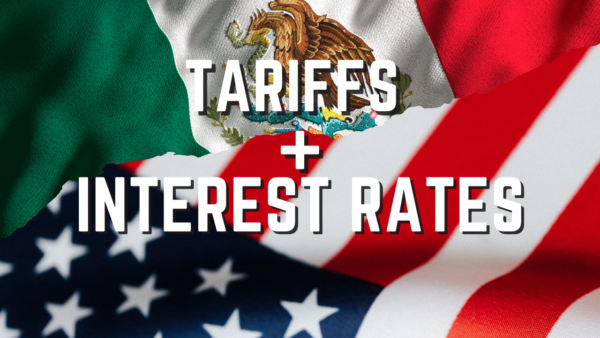Assessing the uncertainties complicates the Federal Reserve’s task of getting a handle on the Fed Funds rate.
The minutes from the May 2-3 Federal Open Market Committee (FOMC) meeting show the Committee intensely focused on two risks. One was the possible spillovers of dislocations in the banking system into the economy. The second was the possibility that inflation would not slow as quickly as the FOMC was expecting.
The developments in the banking sector led the Federal Reserve’s staff to forecast a mild recession (lasting from the fourth quarter of 2023 to the first quarter of 2024) as its baseline projection. However, the staff emphasized that “uncertainty around the baseline projection was considerable…If banking sector stress were to abate more quickly or have less of an effect on macroeconomic conditions than assumed in the baseline, then the risks would be tilted to the upside for economic activity and inflation…”
While it is only a few weeks since the FOMC meeting, the stresses in the banking sector seem to be evolving in a favorable direction. Partly in response to this favorable evolution, several FOMC members in public remarks have raised the possibility that additional tightening of monetary policy might be needed later this year.
In their discussion of inflation, members of the FOMC noted that core inflation (inflation excluding food and energy) had declined by less than expected this year. They anticipated that rental inflation would continue to decelerate but were less certain about the evolution of other components of core inflation. Core services inflation (excluding shelter) appears to be an area of particular concern to the FOMC.
Mixed Projections for the Fed Funds Rate
It remains to be seen if the recent hawkish speeches from FOMC members indicate a shift in views that would result in additional tightening this year. In his post-meeting press conference, Federal Reserve Chair Jerome Powell advocated for taking some time to evaluate the effects of past tightening of monetary policy as well as the evolution of conditions in the banking sector. We suspect his position remains the majority position.
However, there is likely to be some movement in the so-called “dot plot” (which gives each FOMC member’s forecast for the fed funds rate over the next three years) when it is published at the end of the next meeting on June 14. The version published on March 22 shows half of the respondents expecting a year-end 2024 fed funds rate target range of 4.25-4.50 or higher and half expecting a lower target. Movement is likely to occur toward a higher year-end target for both 2024 and 2025. An upward adjustment to the 2023 forecast is also possible.
Adjustments of this sort in the FOMC’s forward guidance can achieve a degree of tightening of financial conditions without the Committee actually having to raise the fed funds rate further. This happens because longer-term rates reflect market expectations of the path of the short-term rates under the FOMC’s control.
An example is mortgage rates. In this cycle, 30-year mortgage rates peaked in October 2022 at slightly over 7%. They are down about half a percentage point since then. Not surprisingly, housing activity declined throughout 2022 in response to rising mortgage rates but has stabilized in recent months. This development is at odds with the Fed’s goal of slowing inflation by creating slack in the economy. Interest rate-sensitive sectors such as housing play a large role in this process.
Goal Setting
There are a variety of ways the FOMC could achieve its goals with respect to inflation. The banking sector could undergo a new round of turbulence, with an accompanying reduction in the supply of credit. Alternatively, the FOMC could rely on more traditional channels, such as higher mortgage rates.
With the problems in the banking sector abating, this is becoming the more likely outcome. Under such a scenario, mortgage rates would move above the levels seen last October. This won’t happen on its own. To bring about such an outcome the FOMC will have to adjust its forward guidance for the path of short-term interest rates.
The goal ultimately is to cool off what has been a red-hot labor market and a rate of wage inflation that remains too high to be compatible with the FOMC’s goal of 2% price inflation. So far this year, the labor market has been more resilient than the FOMC has been expecting, with the unemployment rate showing little change rather than rising as they have been projecting. The number of job openings remains well above pre-COVID levels. This continues to encourage firms to hoard workers even in the face of slower growth. This unusual situation adds an additional layer of complexity and uncertainty to the FOMC’s task.
_________________________
To become a subscriber, visit https://thecannatareport.com/register or contact cjcannata@cannatareport.com directly. Bulk subscription rates are also available upon request and included in our media kit.




